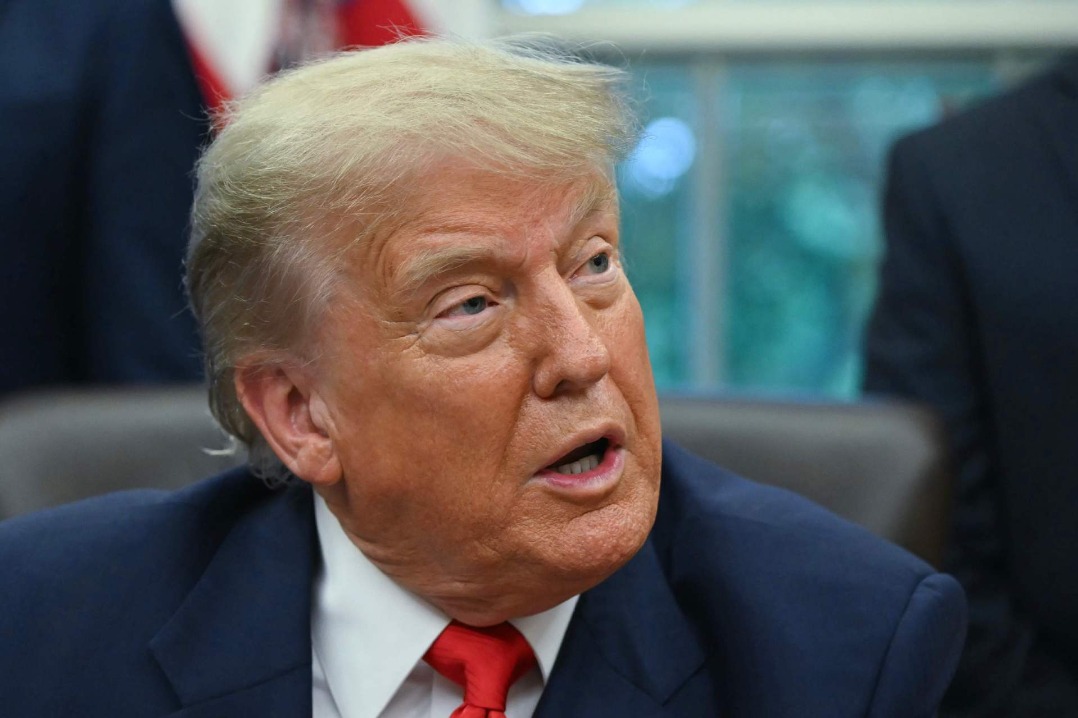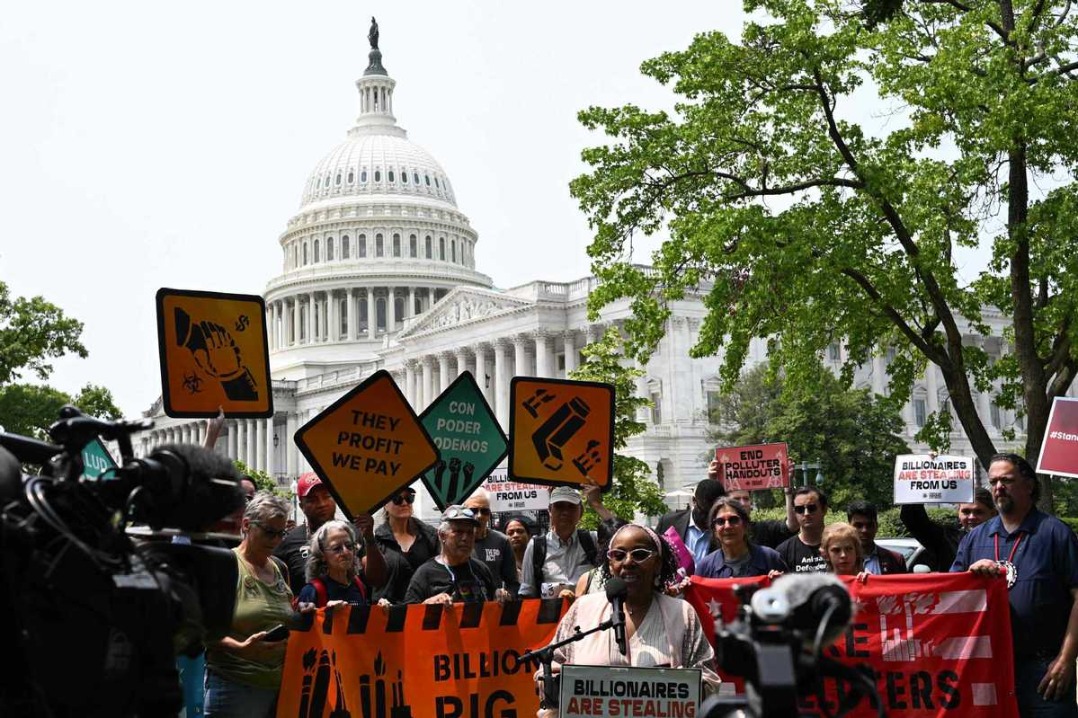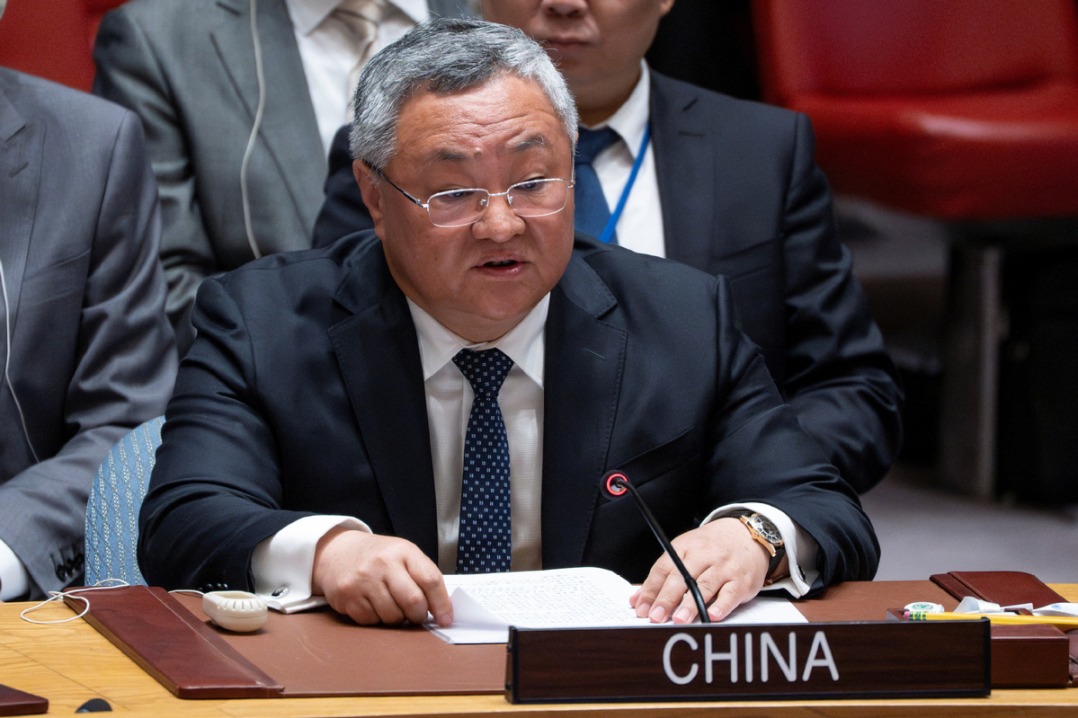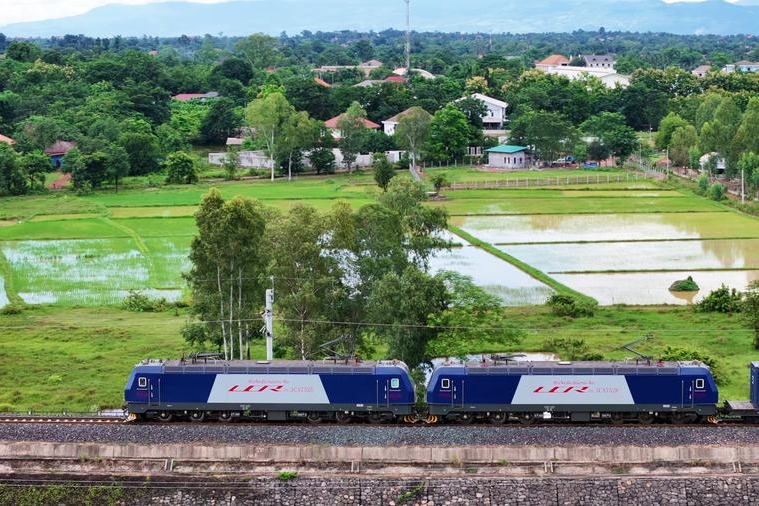Vietnam as BRICS partner strengthens Southeast Asian, Global South voices


Vietnam recently joined the BRICS as the group's 10th partner country. Among member states of the Association of Southeast Asian Nations, Indonesia holds full membership in BRICS, while Malaysia and Thailand are official partner countries.
This evolving trend underscores a gradual but notable shift among key Southeast Asian economies toward deeper engagement with alternative global governance platforms beyond the traditional Western-dominated order.
Vietnam's acceptance into BRICS as a partner country marks a significant development, which increases the likelihood of other ASEAN nations seeking BRICS membership and closer ties with the group.
ASEAN member states' growing interest in joining BRICS stems, in part, from geopolitical positioning. As ASEAN countries increasingly navigate a complex geopolitical landscape, seeking to balance relationships with major powers, BRICS offers an alternative platform for cooperation outside traditional Western-dominated structures.
Another reason is the economic benefits the membership offers. It provides access to new markets, investment opportunities and technological advancements, which is particularly attractive for developing ASEAN economies.
BRICS membership also enhances a nation's regional influence and global standing. It could mean greater influence for ASEAN countries in shaping regional and international norms and policies.
However, one of the main factors that may hinder the inclusion of other ASEAN countries in BRICS is the "US factor". Some ASEAN countries maintain strong ties with the United States and may hesitate to deepen relations with BRICS to avoid a potential US backlash.
While BRICS offers an alternative to Western-dominated global financial and governance structures, the calculus for some ASEAN countries is not merely economic, but deeply strategic. These countries often walk a tightrope between maximizing economic opportunities and preserving their established security and diplomatic alignments.
The US remains a central security partner for some ASEAN nations through bilateral agreements, defense cooperation, arms transfers and joint military exercises. The Philippines is an example. It is a treaty ally of the US — Mutual Defense Treaty — which hosts US military assets and conducts routine joint military exercises with US forces.
In such contexts, the political-diplomatic cost of aligning more closely with BRICS can be high, especially when BRICS is increasingly perceived as a counterweight to Western hegemony and a challenger to the US-led global order. This is especially true for a country like the Philippines, whose foreign policy now under the present government very much lean toward the US.
Against the backdrop of intensifying US-China competition and BRICS' growing push for monetary fairness, alternative financial mechanisms, Global South solidarity and a multipolar world, ASEAN's alignment with BRICS could be perceived as a tilt away from the West.
Thus, while BRICS offers diversification and development opportunities, the looming presence of US strategic interests continues to constrain some ASEAN countries in their geopolitical maneuverability.
Moreover, Vietnam's inclusion in BRICS as a partner country is highly significant in the evolving architecture of Global South cooperation. Vietnam's presence expands BRICS' geographic and developmental diversity.
It represents a mid-sized, rapidly developing Southeast Asian economy that has successfully balanced socialist governance with market reforms. Its inclusion will, to some extent, elevate ASEAN's visibility within BRICS, signaling a shift toward more inclusive multipolar leadership in the Global South.
Also, Vietnam is a strategic economic bridge across the Asia-Pacific. It sits at the strategic crossroads of the trade corridors connecting East Asia, South Asia and the Pacific. These are key trade routes and regional supply chains involving China, India and ASEAN.
Its BRICS partnership enhances connectivity among the Belt and Road Initiative, the Regional Comprehensive Economic Partnership, and potentially BRICS+financial cooperation, primarily through infrastructure finance via the New Development Bank, and cross-border settlement initiatives that reduce reliance on the US dollar.
Likewise, Vietnam's inclusion in BRICS symbolizes post-colonial economic autonomy. Vietnam's history of anti-colonial struggle and post-war development success resonates strongly with other Global South nations.
It stands as a symbol of resilience, economic self-determination, and the possibility of development without strict Western alignment or International Monetary Fund-style conditionalities. This enhances the normative narrative of BRICS as a platform for alternative development models beyond neoliberal prescriptions.
Additionally, Vietnam's inclusion reflects Hanoi's balanced, nonaligned foreign policy that bridges ties with both East and West, aligning ASEAN's outlook with BRICS-led Global South initiatives rooted in sovereignty and development-driven multilateralism.
Vietnam's BRICS partner status is more than symbolic — it is a strategic elevation of a Southeast Asian voice in reshaping global economic governance. It reinforces South-South cooperation and development, multipolarity, and a more equitable world order. It is also a subtle but strong message to the West: The Global South is organizing itself on its own terms.
The author is a PhD candidate in economics at the Institute of South-South Cooperation and Development, Peking University, and vice-president for external affairs and director of the Asian Century Philippines Strategic Studies Institute, a Manila-based think tank.

































